一般的に、防犯カメラはリアルタイムの監視に利用されるものだという認識がありますが、過去の出来事を記録し外部から通知があって初めて再生されるといった現状がまだ多くあります。その理由は大型商業施設や公共交通機関などでカメラの設置台数が増えても、監視員の数は増えていないからです。セキュリティや安全管理、設備保全など様々な用途でカメラを設置し、膨大な監視インフラにコストを投入していても、具体的な効果を発揮できていないというのが実状です。
「たとえ巡回や立哨の警備員を減らしたとしてもリアルタイムで強化されたセキュリティを実現したい」
とお考えの企業様も多いのではないでしょうか。
昨今はAI画像解析が注目され、カメラの映像をAIが解析することにより"ある特定の事象"を検知できるシステムが増えました。例えば侵入検知、遺失物検知、人数カウント、顔認証など、その種類とサービスは爆発的に増加しています。一方で実際に導入をされた方からこんなお声を聞くようになりました。
導入してみたが実運用で求められる精度を満たせない、混雑する箇所で特定の動きを検知できない。
これらのご経験をされて、「監視を完全にAIに任せるのは、やっぱり難しい」という結論に至ってしまうケースがあります。
本記事ではこのようなご経験をされた方へぜひ知っていただきたい、最新「異常検知」の技術とその適応範囲についてご紹介していきます。
ルールベースの監視システムを導入して気づく課題
ルールベースの監視とは、特定の事象や行動パターンを検知するもので、ディープラーニング技術を用いて、予め指定した特定の対象物を検知し、それらの動きを細かくルール付けすることにより閾値を超えた事象が発生するとアラートを挙げる仕組みとなっています。
そこにはいくつか弱点があります。予め定義ができない事象の検知が難しい点です。例えば想定外の事象や紛らわしい事象、滅多に発生しない事象は、人によるルール付けができません。カメラの設置場所や角度などの微調整が非常に難しい点です。人を検知したい場合や物体を検知したい場合など対象物が異なるとそれぞれに応じてカメラの調整を図る必要があります。さらに迷惑行為や危険行為など監視すべき行為や手法は常に変わっていくため、ルールを更新し続ける必要があります。対象物となる背景映像も季節によって変化したり、店舗ではレイアウトが変わったりすることもあります。このような変化に弱いという点もルールベース型画像解析の弱点となっていました。
これから求められる監視
ルールベース型画像解析で諦めてしまった監視の効率化。かといって人員不足の改善は見込めない。これらの背景を踏まえ今後求められていく監視は、ルールベースで特定事象を検知するのではなく、”異常となりうる事象”の発見をサポートする監視です。積極的に異常事象の的を絞り観察することでコア業務に集中でき、監視効率を上げることができます。それを実現するソリューションとして弊社からご紹介可能な「icetana」というソリューションがあります。icetanaによって実現される異常検知とはどういったものか説明していきます。
icetanaで実現する異常検知とは
ルールベースで“特定事象を検知”するのではなく、“異常となりうる事象”を検知するものです。人やモノを認識するのではなく、画素の集合に着目して位置や濃度、動きの方向、速さを検知します。一定期間のカメラ映像を事前学習してこれを通常状態と認識すると、通常と異なる状態を異常と判定します。
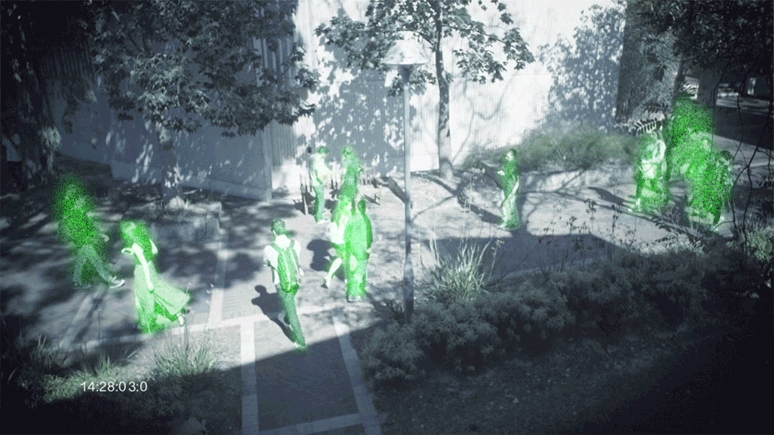
icetanaの特長
1. 一つのシステムで、あらゆる事象に対応可能
検知する対象が人やモノではなく画素の集合で検知できるため、火災、侵入、逆走、転倒、集団など、あらゆる場面に対応することが可能です。
2. ルール設定が不要
通常状態を学習しその差分から異常を検知できるため、初期設定時における膨大なデータ収集や細かなルール定義が不要になります。またその設定をカメラ1台ずつにする必要がなくなるため、数百台規模での検知も可能になります。
3. 環境変化に強い
運用時には直近の一定期間(例:2週間)の映像を元に学習して通常状態のアップデートを更新するため、季節や背景映像の環境変化に対応できます。そのため対象物の変更に合わせて都度カメラの画角を調整したり、環境変化に合わせた再学習が不要になります。
これらの技術を実現するicetanaを活用すると、通常時はモニター画面に表示はなく、異常検知をしたときだけ映像が流れます。管理者は常に注視する必要はなく、その検知された映像をみてすぐに駆け付ける必要があるかを判断する使い方が可能となります。
活用が広まる業界と利用シーン
巡回警備を減らすことができ、セキュリティ強化に繋げられることから、警備会社はもちろんのこと、鉄道会社や商業施設、これらを運営するデベロッパー業界で注目が高まってきています。さらに異常検知によるデータ分析結果をビッグデータと組み合わせることにより、ビルや施設管理・改善のためのデータ資産として自社の付加価値にされることを想定されご検討が進んでいます。
具体的に利用が進む例は以下の4つの通りです。
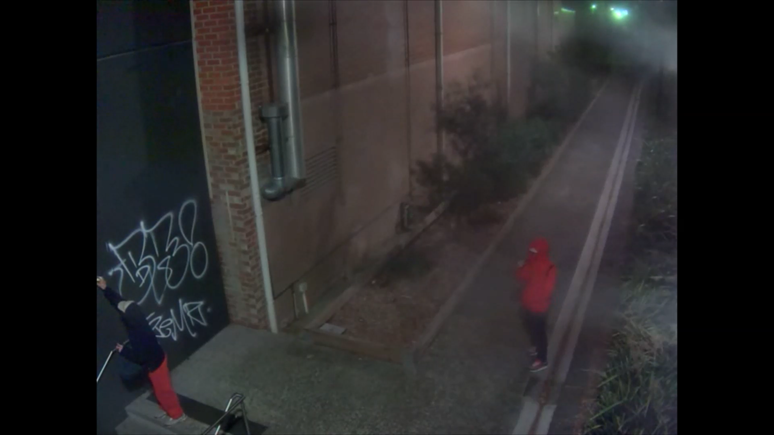
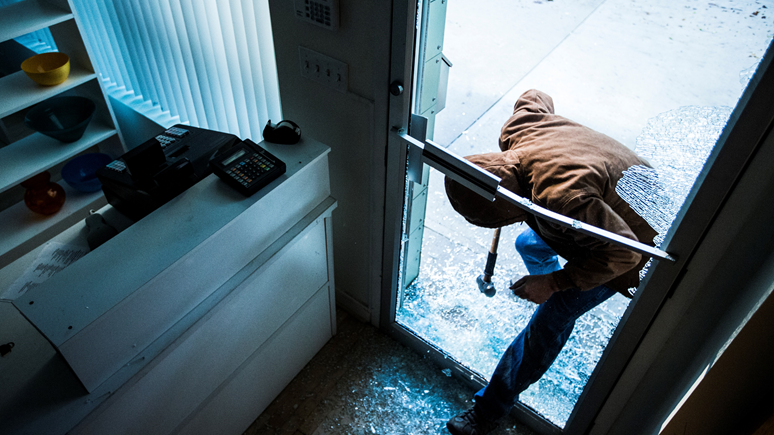
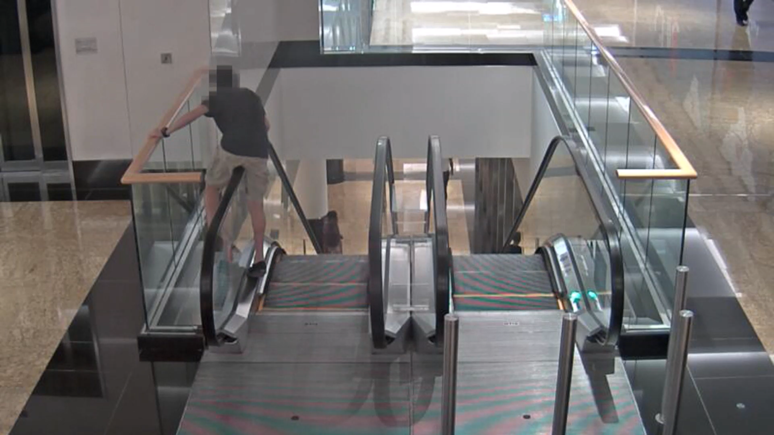

異常検知には「icetana」がオススメ
上記でご紹介した、「icetanaで実現する異常検知」は、今発生している異常を、監視カメラでリアルタイムに正確に捉える手段としてご提供できる、異常検知の最新技術による最適なソリューションです。世界35カ国以上での導入実績もございます。長年のAI/機械学習の開発経験により、いち早く取り込み、お客様にご紹介することが可能です。
異常検知のソフトウェアという形態で提供されるため、カメラに1台ずつ設定をする必要はなく、簡単に既存の監視カメラシステムへ接続が可能です。また一般的なルールベースの映像解析だとカメラの台数は多くても十数台だったところ、icetanaなら数十台~数百台規模で検知ができ、非常に多くのカメラ映像のリアルタイム処理を可能にする特長があります。
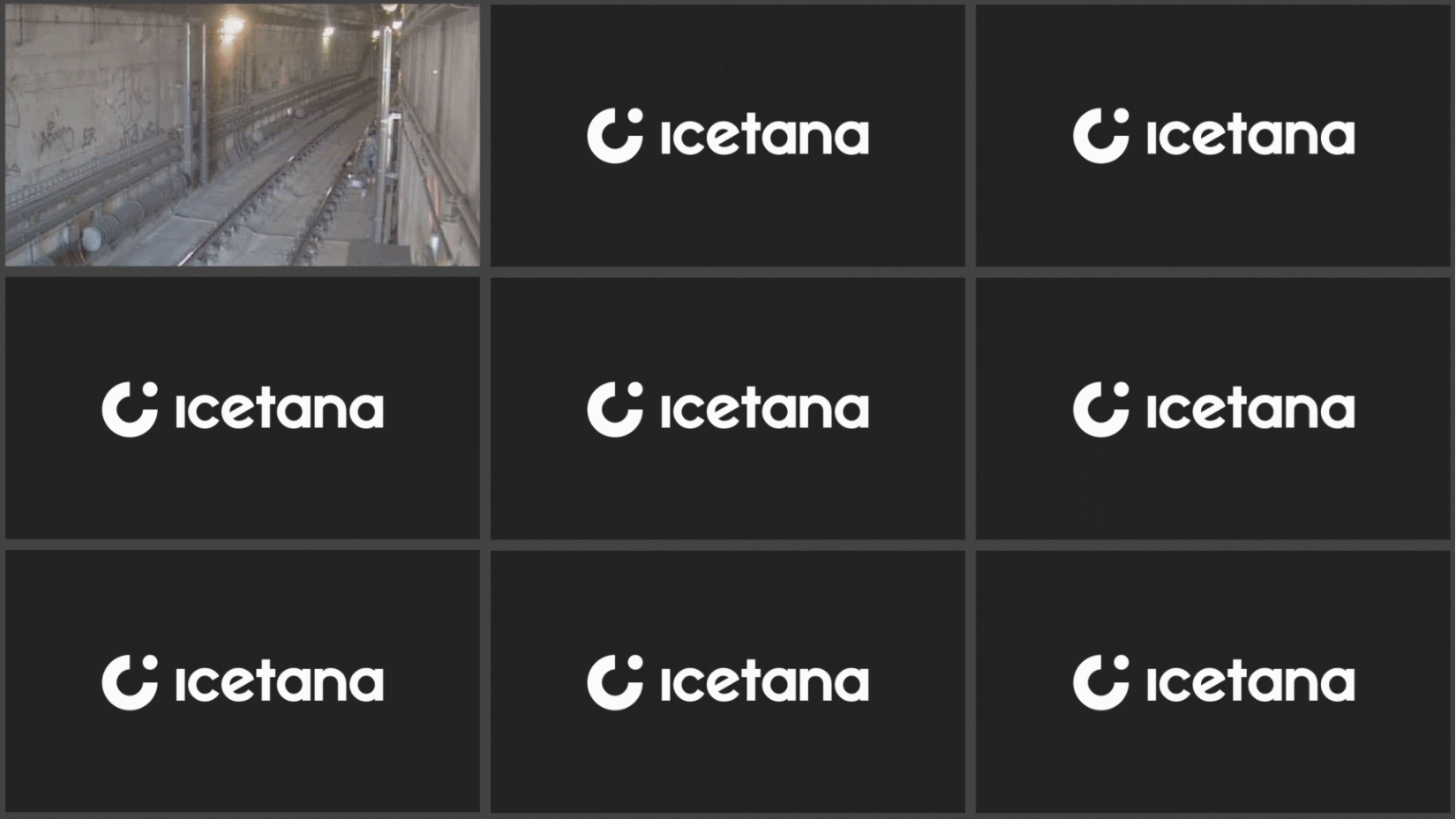
ぜひご検討の材料にいかがでしょうか。
ソリューションページはこちらから
お問い合わせはこちら
本記事ではicetanaで実現する異常検知とは何か、現場で抱えられる課題からその解決策までご紹介してきましたが、いかがでしたでしょうか。
icetanaが目指すのは、完全にAIへ任せる監視ではなく、ヒトの認知を助け、関わりあうAIに育てていくことです。我々はそのソリューションを現場へ実装するお手伝いをさせていただきます。
興味がありましたらぜひお問い合わせください。

